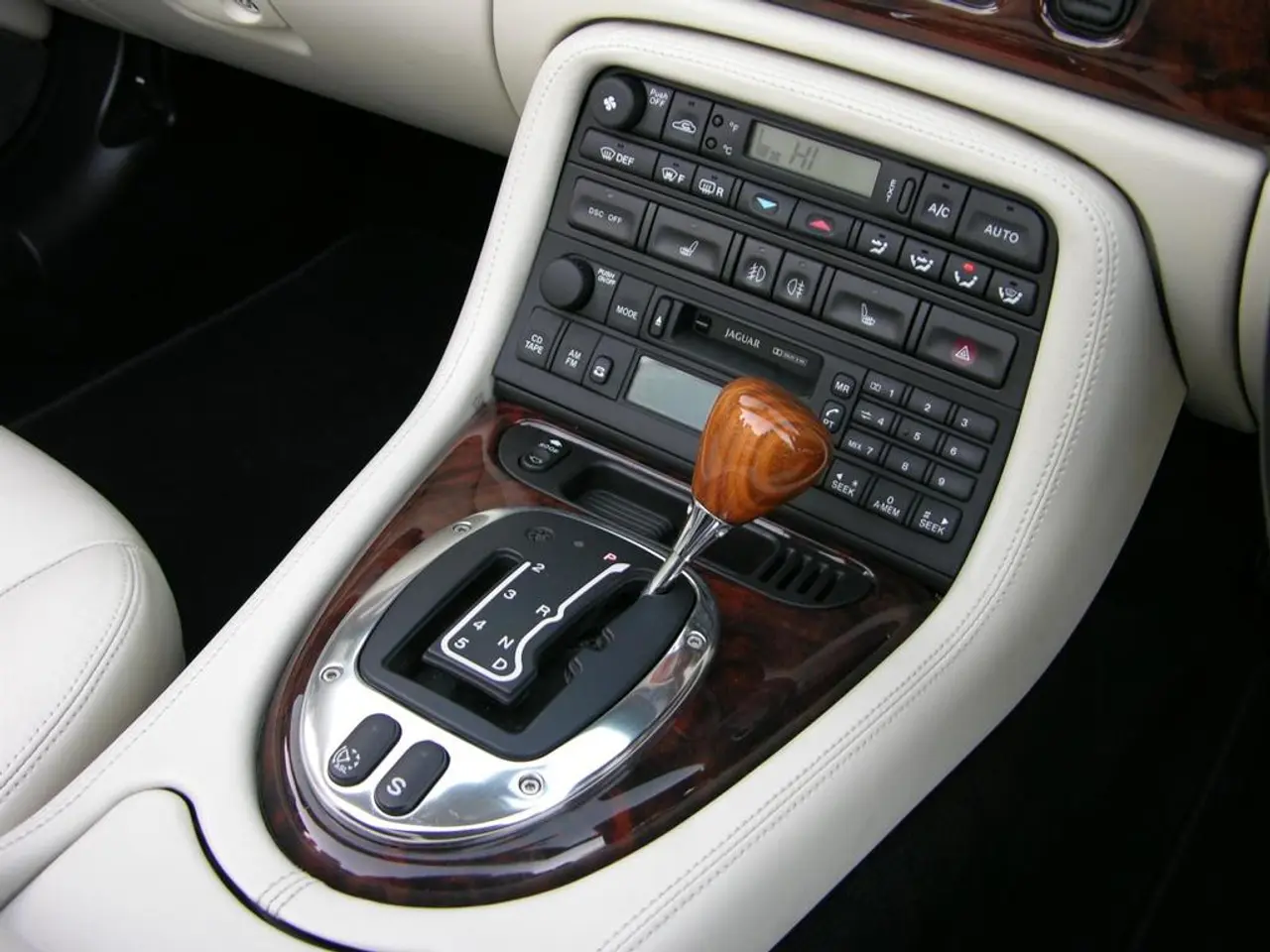Do electric cars utilize gear mechanisms for propulsion?
In the realm of automotive technology, electric vehicles (EVs) are making waves with their innovative drivetrains. One of the most noticeable differences between EVs and traditional internal combustion engine (ICE) vehicles lies in the number of gears—EVs often have fewer gears, with many sporting a single-speed transmission.
This simplification stems from the unique characteristics of EV motors. Unlike ICEs, which produce peak torque and power in a limited RPM window and perform poorly at very low or high RPMs, EV motors can spin at very high RPMs (up to 20,000-24,000 rpm or beyond for some high-performance motors) and provide strong torque from zero speed with a flat or broad torque curve. This wide efficient operational range means a single-speed reduction gearbox suffices for most EVs, reducing complexity, weight, cost, and efficiency losses associated with multi-speed transmissions.
However, some high-performance EVs employ a two-speed transmission to enhance performance and efficiency. Adding a second gear allows the motor to operate closer to its peak efficiency at both low and high speeds. For instance, a lower gear can provide strong acceleration and torque at low speeds, while a higher gear enables efficient cruising at high speeds, improving top speed and range. These multi-speed gearboxes, although more complex and costly, are justified in premium or high-performance EVs for better driving dynamics, gradability, and efficiency gains.
The simplicity and flexibility of electric drivetrains theoretically means better reliability and reduced maintenance in the long-run. EVs can accelerate quickly because their electric motors deliver full torque instantly, negating the need for multiple gears to match engine speed to wheel speed. This translates to more efficient power delivery, as EVs do not lose power through gear changes, as is the case with conventional combustion-engined vehicles.
Manufacturers are also catering to driving enthusiasts with technologies that mimic the feeling of traditional manual or dual-clutch transmissions in future EVs from Lexus and Hyundai's N division. Even brands like Honda have filed a patent application for an electric vehicle manual transmission, hinting at a potential shift in the EV landscape.
In the 2023 Hyundai RN22e Ioniq 6, a new EV model under review, we see the continued evolution of the EV drivetrain. The simplicity and efficiency of electric propulsion systems are set to redefine the automotive industry, offering a cleaner, quieter, and more efficient driving experience.
For those considering the switch to electric, understanding the differences in drivetrains can help make an informed decision. The EV Charging guide, available online, explains home and public charging, power levels, and plugs, while the EV Servicing guide delves into the cost comparison between charging and fueling a car in 2022, as well as the potential savings in maintenance and servicing costs associated with EVs.
As the automotive industry continues to evolve, the future of EV transmissions looks promising, with a balance between simplicity, efficiency, and performance on the horizon.
- The innovation in electric vehicles (EVs) extends beyond their drivetrains, impacting various aspects of the automobile lifestyle, such as the lowered maintenance costs and increased driving efficiency.
- As manufacturers continue to refine electric-vehicle (EV) technology, advancements like electric manual transmissions promise to further widen the appeal of EVs, catering to driving enthusiasts seeking a more traditional driving experience.




